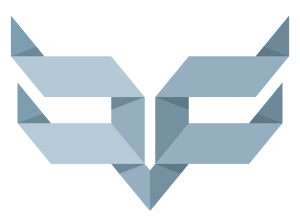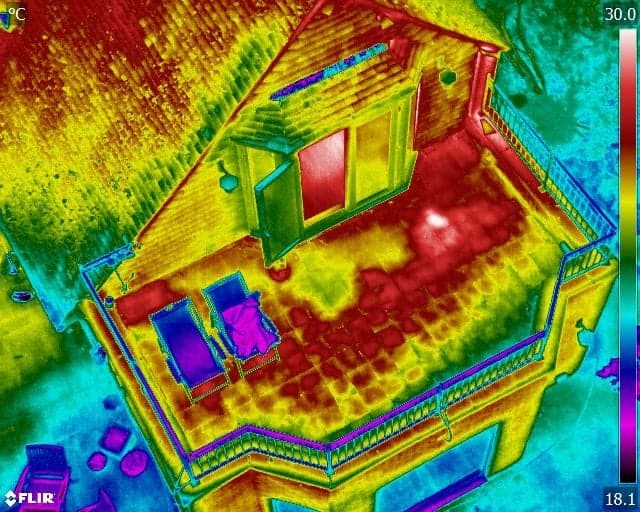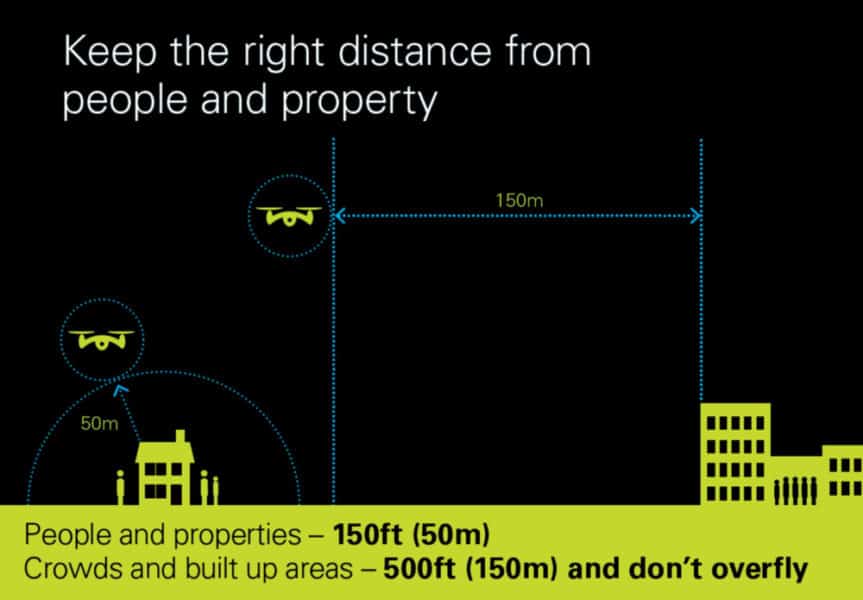
Topographical Landfill Mapping with UAVs
Creating topographical maps of solid waste landfill sites using piloted airplanes could soon be a thing of the past as UAVs or drones are fast proving their wroth in this area for a fraction of the cost.
Capable of far more than delivering parcels for Amazon (although the jury is out on whether we will ever actually see this especially in urban areas), and providing a fun hobby for little and big kids alike, the data gathering potential of the drone is still being explored. However, waste management companies are proving to be ‘early adopters’ of UAV technology. They are being attracted by the relatively small cost of carrying out a landfill site survey with this new aerial technology, and also the opportunity to capture both standard 2D, 3D and even thermal images with ease, certainly when compared to conducting foot surveys.
Drone surveys can assist with
- Creating topographical maps in 2D or 3D
- Improving fill sequence managing
- Predicting remaining site lifespan
- Detection of surface heat which could indicate the presence of a sub-surface fire
Drone Media Imaging offers a complete survey service including licensed and skilled operators and state of the art equipment, including the highest quality thermal imaging cameras. Contact them to find out more about how they can assist you.
The Importance of Solar Panel Inspections in Spring
Spring and summer are peak months for solar energy production—ensure your panels are operating efficiently with a professional thermal imaging inspection. Compliance with IEC62446-3:2017 is essential for both commercial and domestic systems, helping to prevent faults, optimise performance, and maintain insurance coverage. Book your inspection today!
Facebook, Instagram and Threads Removal
Departing Facebook, Twitter, and Instagram to Uphold Ethical Principles In an era increasingly shaped by the influence of powerful social media platforms, Drone Media Imaging has made the principled decision to leave Facebook, [...]
In Thermography what is the difference between Quantitative vs Qualitative analysis
Quantitative and qualitative thermography are two essential methods in thermal imaging analysis. Quantitative thermography measures exact temperature values, while qualitative thermography focuses on pattern recognition. Both play a crucial role in building inspections, electrical fault detection, and industrial diagnostics. Understanding their differences helps professionals choose the right approach for accurate thermal assessments. Drone Media Imaging provides expert thermographic services, ensuring precise, reliable results. Contact us today for professional thermal imaging analysis.
Expert Infrared Inspections for Accurate Thermal Assessments
Need professional thermographic analysis for your project? Our certified experts use the latest infrared technology to deliver precise results. Contact Drone Media Imaging today for expert thermal imaging services.












